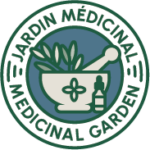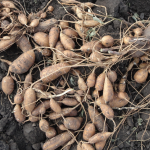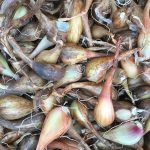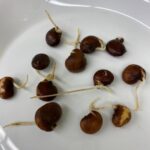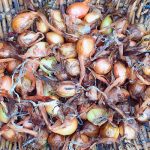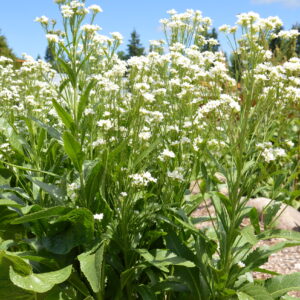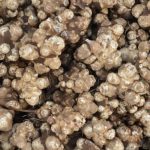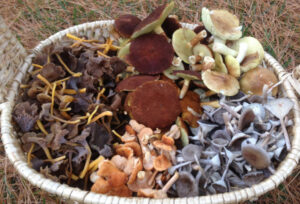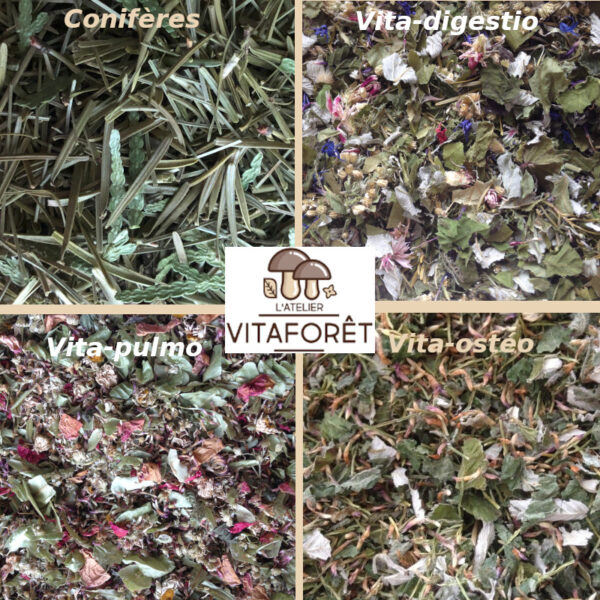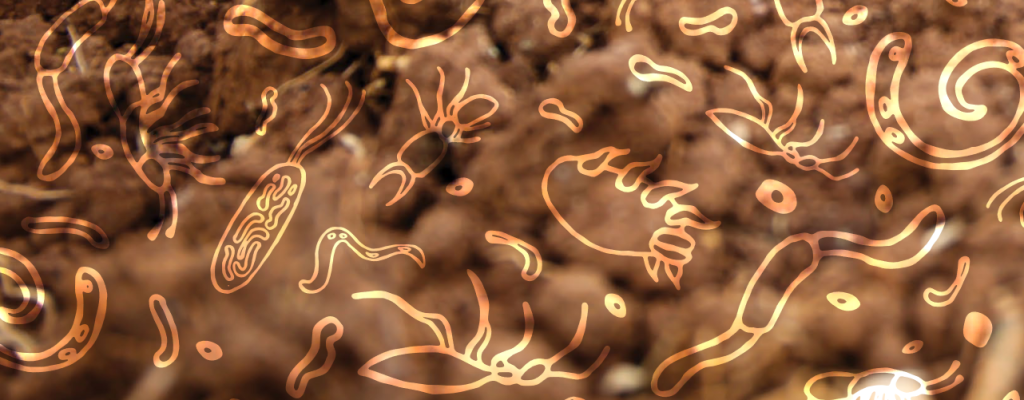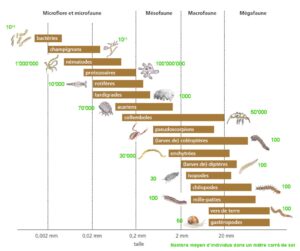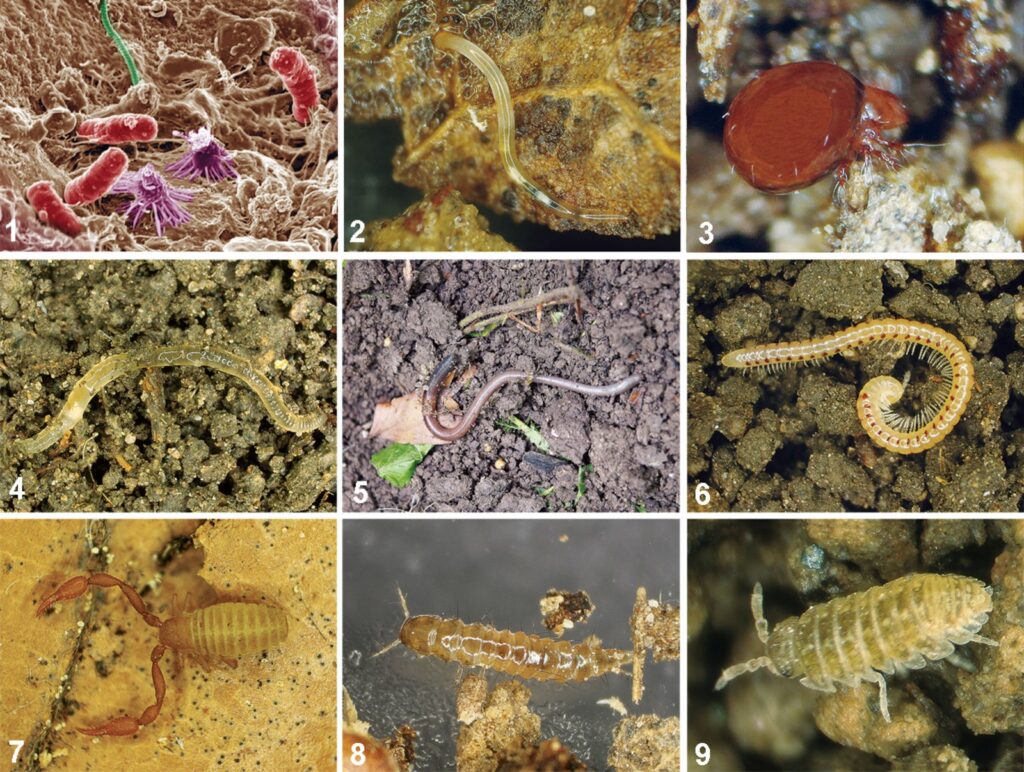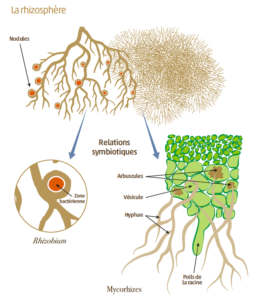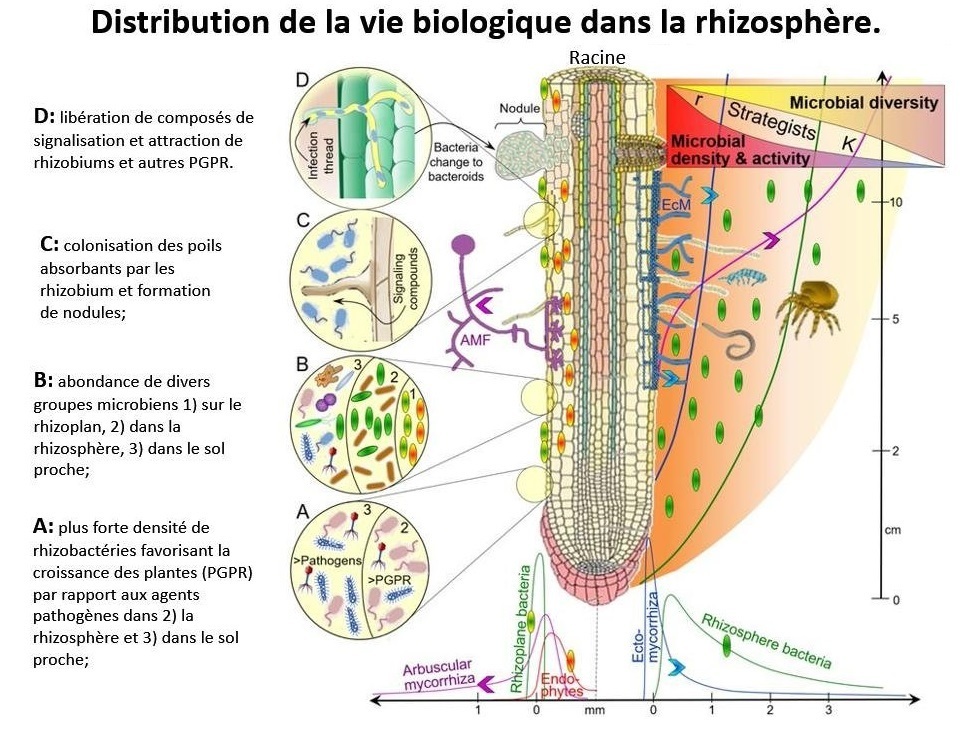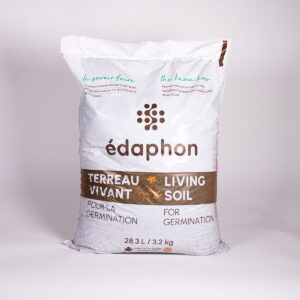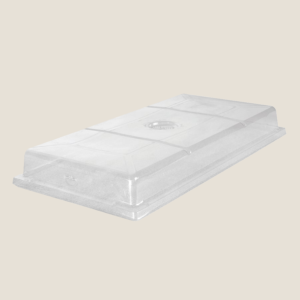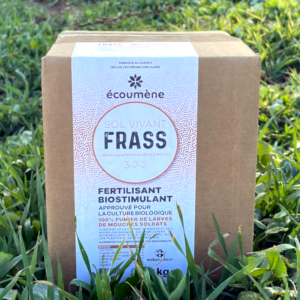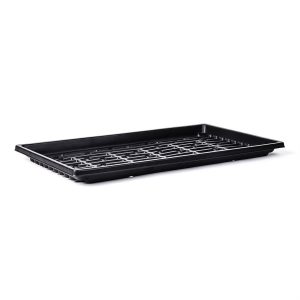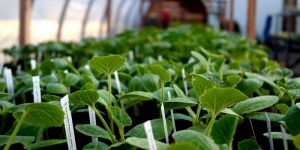The guardians of the soil
The edaphon designates the dynamic ensemble of microscopic organisms at work in the soil, including a diversity of living beings, such as bacteria, fungi, algae, protozoa, and a multitude of invertebrates such as mites and earthworms.
These microorganisms are invisible architects which structure the soil and make it fertile and viable for plant growth. They transform organic waste into nutrients assimilable, aerate the soil through their movements and interactions, and play a fundamental role in the biogeochemical cycles which are essential to life on Earth.
Role of edaphon in soil structure
The edaphon, essential for structuring the soil, acts as an invisible architect. The organisms that compose it, such as bacteria, fungi, and microarthropods, work in synergy to aerate the soil and promote its granulation.
- The bacteria that colonize the soil are biodiverse and dense.
- Nematodes, which are numerous in the soil, feed on bacteria and mycelial filaments.
- Oribates are important for the decomposition of organic matter.
- Enchytraea are also decomposers.
- Earthworms devour a wide variety of soil components such as animal and plant waste.
- The diplopods eat the plant fragments.
- Pseudo-scorpions attack tiny animal prey measuring up to 4 mm.
- Beetle larvae live in the soil in their juvenile stage.
- Isopods feed on plant parts, leaves and wood.
The biological activities of soil organisms create aggregates of soil that retains water and nutrients, thus facilitating deep and healthy rooting of seedlings. This living labyrinth is fundamental to water percolation (the process by which water infiltrates) and erosion prevention, providing a solid foundation for plant growth.
Root symbiosis
Root symbiosis is a remarkable partnership where plant roots combine with mycorrhizal fungi to improve their access to resources. This beneficial union allows seedlings to more efficiently absorb water and nutrients, particularly phosphorus, which is often difficult to capture.
In exchange, plants provide the fungi with the sugars necessary for their growth. It’s a natural collaboration that boosts plant health and builds resilience to environmental stresses. Adopting gardening practices that promote this symbiosis can radically transform the vitality of your seedlings.
Feed your plants naturally
In the depths of the ground, the edaphon works tirelessly. Microorganisms and fungi transform organic matter into essential nutrients. This natural process increases the availability of vital elements such as nitrogen and phosphorus, essential for the vigorous start of seedlings.
Thanks to this ecological transformation, young plants blossom, displaying a healthy and robust growth. By supporting the edaphon, you ensure abundant and balanced food for your seedlings, preparing them for a flourishing life.
A shield against disease
A living soil is a natural defense against pathogens. Edaphon microorganisms, such as certain bacteria and fungi, can remove pathogens of the soil and induce “acquired systemic resistance” in the seedlings, making them less susceptible to infections.
They act as guardians, creating an ecosystem that supports plant growth while protecting them. By nourishing your soil with carbonaceous materials, such as biochar, you promote a dynamic edaphon which is the key to a natural defense for your seedlings.
Finding your way through the acronyms
RFCP means: rhizobacteria promoting plant growth. The acronym used in English is PGPR for Plant Growth Promoting Rhizobacteria.
Rhizosphere bacteria are beneficial to plant growth and health. There are two main groups of RFCPs: phytostimulators and phytoprotective.
Techniques to promote healthy edaphon
To promote a healthy, that is to say dynamic, edaphon, the use of a living soil is essential. Start the germination of seedlings with a soil balanced in micro-organisms to ensure smooth initial growth.
When transplanting, choose a soil suitable for growth which will support young plants with increased biological diversity. This soil, specifically formulated for growth, must be rich in nutrients and beneficial organisms that will continue to grow. working in symbiosis with the roots, improving soil structure and increasing plant resilience.
When repotting, maintain this biodiversity by adding fresh, living soil to encourage sustained development and optimal plant health.
In conclusion, edaphon is more than just a component of soil – it is the beating heart of a robust ecosystem that ensures well-being of your seedlings.
By adopting gardening practices that respect and nourish these living organisms, you not only create a haven for your plants but also you participate in the preservation of the delicate balance of nature.
Commit today to gardening that honors and leverages the power of edaphon!














